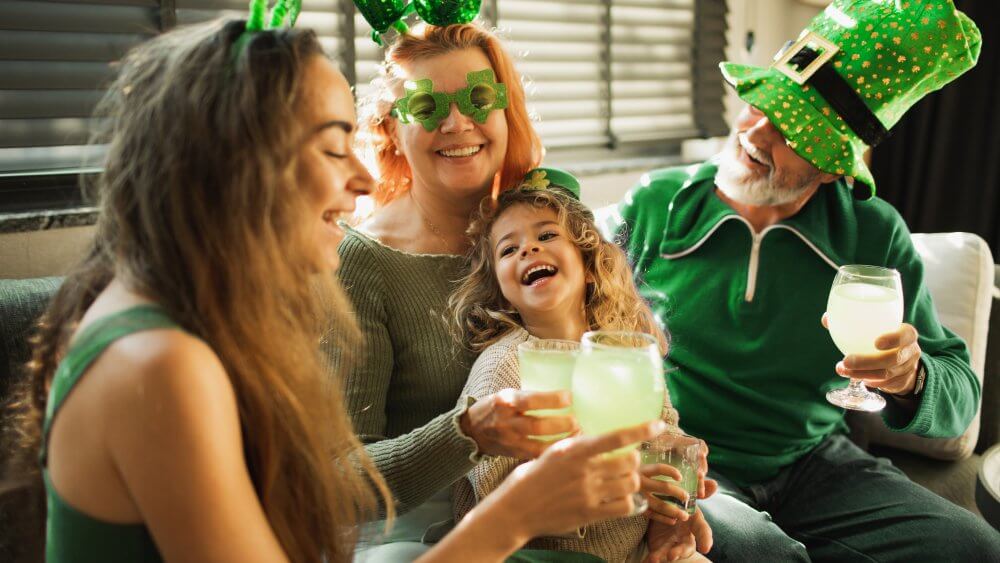Color additives give your colorful Easter eggs a pastel tint and the yellow hue to your marshmallow treats. Defined as any dye, pigment, or other substance that imparts color to a food, drug, cosmetic, or the human body, color additives are important components of many food products, helping to make them attractive, appealing and appetizing. You might find color additives in foods like margarine, ketchup, snack foods, soft drinks, and baked goods.1
While color additives may help enhance a food’s natural color, they also provide fun color alternatives to foods like candy, popsicles, or cupcakes and can help offset color loss in food due to exposure to light, air, moisture or temperature extremes, correct natural variations in color, and enhance colors that occur naturally.2 Color additives come from both natural and synthetic sources, and color additives are required to be approved by the U.S. Food and Drug Administration (FDA) before they can be used in foods.
Naturally-occurring colors, defined as exempt colors by the FDA, include pigments from sources like vegetables, minerals, or animals. While additives from spices like paprika, turmeric, and saffron, and foods like beets, grapes, and caramel are natural, they still require FDA approval before they can be used in foods.3
Certified color additives are synthetic colorings that are used for their intense, uniform color, and because they blend easily to create a variety of hues. These are classified as “certified” because they are required to undergo certification every time a new batch is manufactured.4 Artificial color additives may last longer than natural colors, and the variety of colors that can be artificially produced in a lab are almost limitless.5
Learn more about color additives in the answers to the following common questions.
Are color additives safe to eat?
Yes.6 FDA has approved nine certified color additives as safe for use in foods:
- FD&C Blue No. 1
- FD&C Blue No. 2
- FD&C Green No. 3
- Orange B
- Citrus Red No. 2
- FD&C Red No. 3
- FD&C Red No. 40
- FD&C Yellow No. 5
- FD&C Yellow No. 6
FDA regulations also specify the types of foods that can use color additives, the maximum amounts of a color additive allowed in a food, and how to identify color additives on a food’s label.7 For example, the FDA regulates for safety the yellow food dye that makes margarine yellow, and the green food dye that makes mint ice cream green.
How does FDA test food dyes and colorings for safety?
Synthetic color additives, also known as certified colors, undergo batch certification.8 FDA analyzes a representative sample of each batch of the color additive from the food manufacturing company or lab to verify that it meets the required identity and specifications before it is used in food. Before certifying a batch, the FDA also analyzes the chemical composition to help determine it is safe.
Are natural food dyes and colorings healthier than artificial food colorings?
“Natural” food dyes are not necessarily healthier than synthetic ones. Whether they are natural or synthetic, FDA regulates all food coloring and dyes as color additives.9
Sources
- U.S. Food and Drug Administration
- Overview of Food Ingredients, Additives & Colors | FDA
- FDA
- FDA
- Eating with Your Eyes: The Chemistry of Food Colorings – American Chemical Society (acs.org)
- Color Additives Questions and Answers for Consumers
- Color Additives Questions and Answers for Consumers | FDA
- How Safe are Color Additives? | FDA
- Color Additives Questions and Answers for Consumers | FDA

